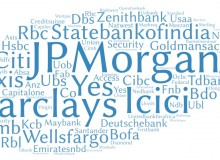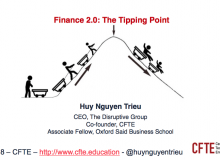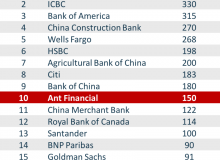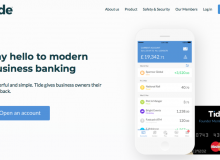It may look like shoplifting, but it’s actually Amazon’s latest real-world shopping experiment.
Source: www.cnet.com
Amazon’s latest announcement of Go, a supermarket where consumers can get in, “grab what they want and simply walk out” was funnily described as “shoplifting” by CNET.
But this is of course not a surprising development, since we might expect most supermarkets to move towards such frictionless experiences in the future. Because this replicates in the real world what Amazon has been doing for years with 1-click buying on their website. Or our experience of getting in an Uber and exiting the car without the need for a physical act of payment.
Because we are now used to 1-click buying or Uber’s frictionless payment, we tend to overlook the fact that this is one of the most important trends in finance today: Invisible Finance. (this is one of my favourite trends, together with “data monetisation” and “white space”). At a high level, one of the objectives of finance is “just” to facilitate commerce, and there is no need for finance to be visible. If I receive groceries from my supermarket and pay with my credit card, the act of “receiving groceries” is important, but “paying with my credit card” only exists because there is no other way for the supermarket to debit my account.
But in a distant past, the grocer would keep a tab of my spendings because he knew who I was – which is what technology is bringing back to the table today through my smartphone and finance can become invisible again.
Whether Amazon succeeds in their endeavour is still to be determined, but there is no doubt in my mind that invisible finance will be a very significant trend in the future. First, because with shopping cart abandonment that can reach 97% on mobiles (i.e. only 3% of consumers complete their purchase!), there is a very strong need for e-commerce to make the process as easy as 1-click. But also because consumer behaviours are changing, and they will be less and less tolerant of confusing checkout processes.
This of course will have a very profound impact on the business model and value proposition of banks and credit card companies. Who still remembers what credit cards they are using in their Uber account? Even when consumers have stored multiple cards in their Amazon account, it’s likely they will always use the same one: the default credit card. The brand power and marketing strategies of credit card companies and banks will therefore need to adapt.
But more importantly, losing the customer relationship can be a significant game changer for finance. From a credit card to mortgage, from a saving account to a loan, financial institutions have always been very visible to their clients – and own the relationship. If these financial transactions are totally embedded by the e-commerce companies, how will banks continue to own the relationship? If this concept of “customer relationship” seems a bit theoretical, look no further than the hotel industry where hotels have lost the customer relationship to the benefit of websites such as Booking.com. The result is that Booking.com now has more pricing power than the hotels. That results in a market capitalisation higher than all the major hotel companies combined…
On the other hand, there could be many opportunities for banks to offer new services, from automated mortgages to API-based loans.
There will therefore be interesting strategies for financial companies to consider, but one thing is sure: the emergence of Invisible Finance has begun…
If you want the latest news on Disruptive Finance and Fintech:
– You can enter your email address to receive an email whenever I write a new post
– You can also follow me on Twitter here
And thanks for reading. Don’t hesitate to share if you like this post!








